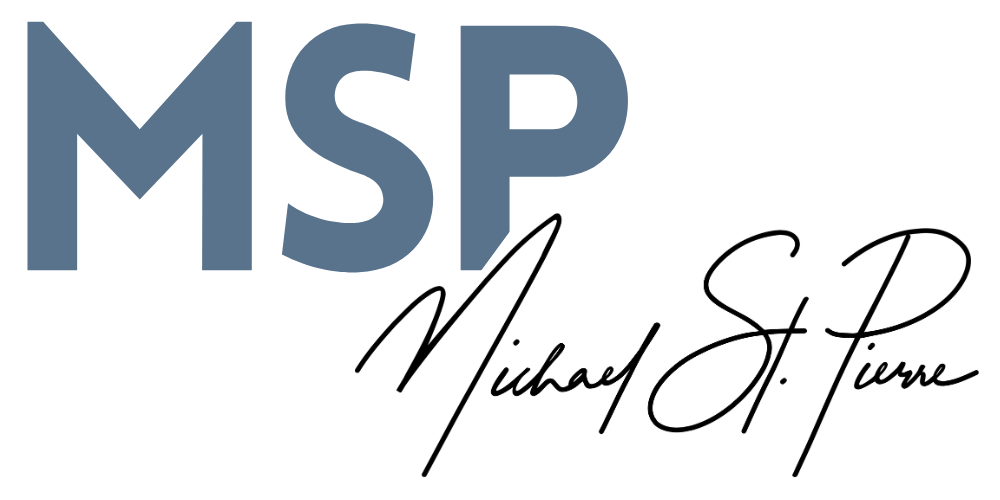This is Part 3 of 5 in the series, "The Four Skills Every Executive Needs to Practice".
In the introduction to this series, we made the case that grad school programs and most organizations don't teaching rising leaders the skills they need to succeed in the workplace.
In Part 2, we discussed the importance of managing your email daily.
In this post, I'd like to discuss the second ninja skill of workplace leadership and it deals with meetings.
The average executive spends a lot of time in meetings. These can be any of the following:
1. Informational meetings
2. Status reports
3. Brainstorm meetings
4. One-on-Ones with your boss or those who report to you
5. Standing meetings with those two steps above or below you
6. Strategy meetings
7. Board meetings
8. And on it goes!
The volume of meetings isn't necessarily the problem, although attending too many can definitely constipated your calendar.
No, the real problem is that meetings as we know it suffer from a number of serious ailments. These include:
1. Not having a clear purpose: "what's the reason for this meeting?"
2. Not having a good moderator: "who's running the show here?"
3. Not having an agenda: "what do we want to get done in this meeting?"
4. Not having a set end-time: "what time do we finish?"
To make it worse, too many organizations foster a culture that warps the mindset of its workers. This results in either a) people dread meetings or b) people feel that meetings are the only way to make decisions.
To respond to a), how can you blame them? When the last few meetings either started late or had no clear purpose, who wouldn't want to avoid the next meeting?
Regarding b), this is more insidious. If "having a meeting" is the only way to make decisions, it will ultimately produce sub-par results. Why? Simply put, when you craft a lousy meeting, lousy stuff is bound to come out. This then brings the entire organzation into a slower mode of productivity and it saps the creative energies out of its employees.
So what's a rising leader to do?
First, a personal story. I recently was invited to attend a meeting. Some of my best directs were to be in attendance. The topic, though, really didn't apply to me so I simply didn't attend. After the meeting, my #2 just gave me the cliff-notes version of what went on and the rest is history.
The bottom line leads me to Strategy One: only attend the meetings that you absolutely have to. I realize that if you're not a supervisor or "the boss", you may have less flexibility than others but the principle is the same. You've got to guard your calendar at all costs against lousy meetings.
Strategy Two is directly related to you when you are asked to facilitate a meeting. If you have to run a meeting, do it well. My suggestion is to address the items that we mentioned above, one at a time:
1. Have a clear purpose: "the reason why we're here is ______________________"
2. Practice good moderation: keep it moving, start on time, involve everyone, clarify follow up tasks, take notes, publish follow up minutes, get out on time.
3. Have an agenda: you may or may not need to publish this in advance. If it's a small group, you could simply start with, "First we want to discuss X and then move to Y and finish with Z. Then we'll know that we're done and can get back to work."
4. Have a set end-time: you'll need to remind folks of the guardrails of the meeting, giving them permission to end on time (or better yet, end early!). Attendees need to know that the meeting will probably only "need" 15 minutes or 30 minutes, etc. 99% of meetings should last 30-45 minutes.
By practicing these two simply strategies, you'll become a meeting ninja and be seen by those above you as efficient and productive.
Here's a bonus tip: when the meeting is over and you are the facilitator, simply stand up and thank everyone for coming. This signals to the group that "we're done" and can get back to whatever is on the calendar. This will feel rude at first but after a while, folks will learn that meetings don't have to be long. Try it out and see for yourself.

